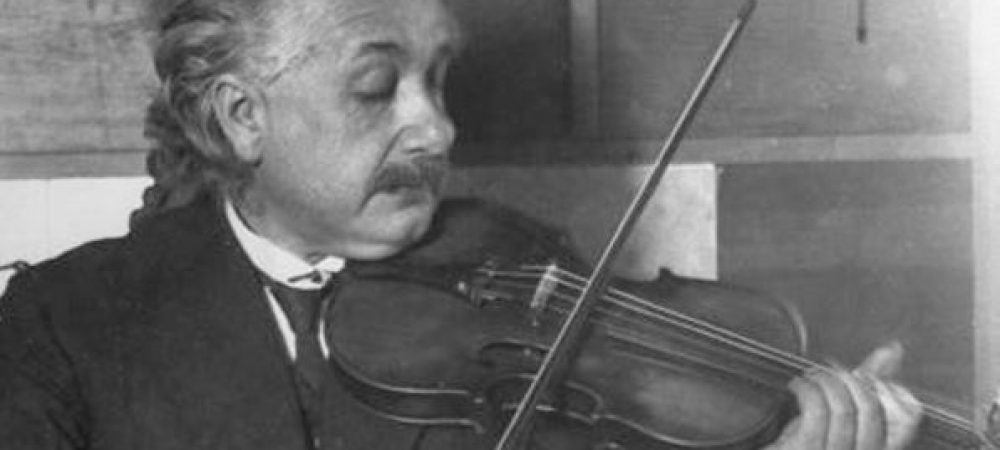
Waldorf education, also known as Steiner education, is based on the educational philosophy of Rudolf Steiner, the founder of Anthroposophy. Its pedagogy strives to develop pupils’ intellectual, artistic, and practical skills in an integrated and holistic manner. The Waldorf method of teaching is a unique educational strategy which aims to create well-rounded students through a broad curriculum, including academics, art and music education, physical education, and emotional and social education. There are no grades given in a Waldorf elementary school. The aim of Waldorf schooling is to educate the whole child, “head, heart and hands”. The curriculum is as broad as time will allow, and balances academics subjects with artistic and practical activities. The Steiner Education Approach developed a spiritual movement that he called anthroposophy, which is based on the idea that a child’s moral, spiritual and creative sides need as much attention as their intellect. As far as education goes, he strongly believed in the idea of developing the whole person.
At Kamaroi school, The arts are integrated into all learning in the Steiner philosophy and learning is fundamentally student-centered and experiential. One is reminded of the philosopher John Dewey’s thinking, also from the first half of the 20th century. As early as 1902, Dewey wrote, subject matter never can be got into the child from without. Learning is active, it involves the reaching out of the mind. It involves organic assimilation starting from within. Literally, we must take our stand with the child and our departure from him.
Kamaroi uses music in every lesson and has a totally different approach toward the use of technology.
The curriculum itself is a flexible set of pedagogical guidelines, founded on Steiner’s principles that take account of the whole child. It gives equal attention to the physical, emotional, intellectual, cultural and spiritual needs of each pupil and is designed to work in harmony with the different phases of the child’s development. The core subjects of the curriculum are taught in thematic blocks and all lessons include a balance of artistic, practical and intellectual content. Whole class, mixed ability teaching is the norm.
A modern reinterpretation of Steiner pedagogy really fitting into the 21st Century, focus in that the skills of the 21st Century are all about empathy, inventiveness, connection, storytelling. These are the skills that can’t be automated or outsourced easily. So, for children going into this unknown future, to possess those skills enable flexibility in options, and really the ability to contribute in a meaningful way to the future society.
Steiner education has proved itself adaptable. More than 80 years after the first Steiner school was started in central Europe, this education continues to inspire people from all walks of life and in all parts of the world. Steiner schools have a reputation for producing well-rounded and balanced human beings who are able to cope with the demands of a fast-changing and uncertain world. Steiner graduates are highly sought-after in further education and work place for their unjaded interest in the world and their resourcefulness.
The Benefits of Waldorf Education
- Children enjoy an unhurried childhood. …
- Learning is hands-on and age-appropriate. …
- In-depth study enriches learning experiences. …
- Students learn how to take an active role in their own education. …
- Waldorf schools produce well-rounded individuals.

Rudolf Steiner (1861 – 1925) was an innovative academic born in Austria whose ideas founded the basis of Anthroposophy. He applied his ideas to education as well as agriculture, medicine, architecture and social reform. There are relevant analogies between the pedagogical approach of Friedrich Froebel, Maria Montessori, and Rudolf Steiner. These continue to influence the way in which contemporary pedagogy is shaped.
While both Montessori and Waldorf schools believe children need a connection to the environment, they are different in that Montessori focuses on real-life experiences and Waldorf emphasizes the child’s imagination and fantasy. Waldorf schools were founded by Rudolf Steiner, an Austrian scientist and philosopher. But the two philosophies interpret it in quite different ways: the Montessori classroom emphasizes reality, to free a child from his fantasies. The Steiner classroom enhances the child’s world of fantasy and imagination to stimulate the child’s play.
Principals of Steiner education…
- Works for all children irrespective of academic ability, class, ethnicity or religion;
- Takes account of the needs of the whole child – academic, physical, emotional and spiritual;
- Is based on an understanding of the relevance of the different phases of child development;
- Develops a love of learning and an enthusiasm for school;
- Sees artistic activity and the development of the imagination as integral to learning;
- Is tried and tested and is part of state funded, mainstream provision in most European countries;
- Is respected worldwide for its ability to produce very able young people who have a strong sense of self and diverse capacities that enable them to become socially and economically responsible citizens.
Currently, the V&A plans to transform the Museum of Childhood in Bethnal Green in London into a world leading museum of design and creativity for children, families and young people.
